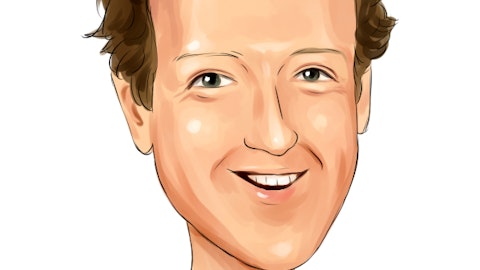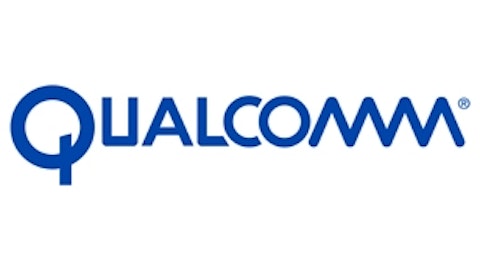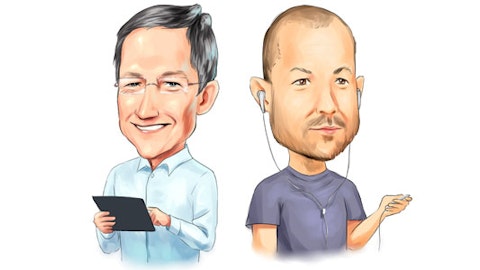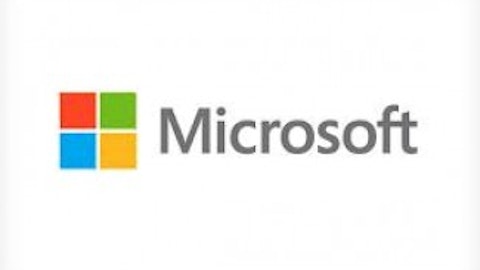At the end of July, Palomar Health announced a partnership with Qualcomm Life (a subsidiary of QUALCOMM, Inc. (NASDAQ:QCOM)) to launch Glassomics, an incubator and innovation lab aimed at exploring the applications of wearable technology in health care.
While most investors immediately associate wearable health care tech with Google Inc (NASDAQ:GOOG) Glass, smart watches, and fitness bands, Glassomics goes beyond those mainstream ideas to explore other applications like biometric data, wireless health management, and augmented reality.

Wearable devices and augmented reality
Google Inc (NASDAQ:GOOG) Glass is the obvious centerpiece of Glassomics. So far, Glass has been used to stream live operations for educational and record-keeping purposes. However, there are several companies, such as Augmedix, which are developing a new generation of augmented reality Google Glass apps that promise to turn the device into a full-fledged next generation medical tool.
Augmented reality is an extra layer of cloud-based data that is projected over a real-time image. For example, Google Inc (NASDAQ:GOOG) Glass users can view information regarding traffic, weather, and business information, which “augment” a user’s view of reality.
I explored the idea of Google Inc (NASDAQ:GOOG) getting back into health care with Glass in a previous article, and it remains a lucrative business for many app developers.
Medical device connectivity
The connectivity between medical devices and cloud-based software over wireless connections is a major area Glassomics is concentrating on. QUALCOMM, Inc. (NASDAQ:QCOM) — one of the world’s largest manufacturers of 3G, 4G, and next-generation wireless chips — considers this area a high growth one as an increasing number of wireless devices connect remotely with apps.
Medtronic, Inc. (NYSE:MDT), for example, connects its cardiac devices to its remote care network, CareLinkhttp://www.medtronic.com/for-healthcare-professionals/products-therapies/cardiac-rhythm/patient-management-carelink/medtronic-carelink-network-for-cardiac-device-patients/index.htm. The collected data can be transferred to electronic health records, or EHRs, or used for health alerts in case potential issues are detected. Medtronic expanded its telehealth and remote care portfolio with its acquisition of Cardiocom last month, indicating that it realizes that the future of medical devices will depend heavily on remote monitoring services.
To address this growing need, Qualcomm Life announced that leading health portal WebMD Health Corp. (NASDAQ:WBMD) was integrating its 2net Platform across WebMD’s portfolio of online health care services.
Source: Qualcomm.
The 2net Platform is designed to capture biometric data from mobile devices, apps, and embedded devices; send them to be stored in the cloud; and be retrieved by other services used by consumers and health care professionals.
By linking biometric data to its portal site and possibly its medical reference app Medscape, WebMD Health Corp. (NASDAQ:WBMD) could offer a more convenient way to access personal health information than current telehealth technologies.





